This day in history: Carbon monoxide levels in Spokane exceeded smog-covered Los Angeles

From 1974: A medical board in Spokane voted unanimously to conduct an urgent study of carbon monoxide blood levels in the city.
The reason: Spokane had recorded “record carbon monoxide readings” in October due to air pollution. The Spokane readings exceeded even the highest readings in smog-ridden Los Angeles.
The Spokane County Medical Society’s Environmental Quality Committee said it was time to take action and that “the people of Spokane have the right to know what levels of carbon monoxide are in their blood.”
They were still working out the details on how to conduct the tests. Similar tests in Seattle had revealed that more than half of those tested had unsafe carbon monoxide levels.
From 1924: The new Polk Directory (aka, the phone book) hit the streets and it made front page news.
The directory estimated that Spokane’s population had reached 128,614, which made Spokane boosters happy.
The reality was a bit more sobering. Spokane’s 1920 census had put the city’s population at 104,437 and the next census, in 1930, would show only 115,514.
The Polk numbers were higher largely because they included “a large area of suburban territory, the residents of which, to all intents and purposes, except for government, are allied with Spokane in social and business interests.”
In other words, Polk was giving numbers for what it called Greater Spokane.
The Polk numbers were probably not as precise as census numbers, but it did employ 30 people in canvassing the city.
The directory also served as a fount of trivia. For instance, the record for “longest name” belonged to cafe worker John G. Kalochristianakis.